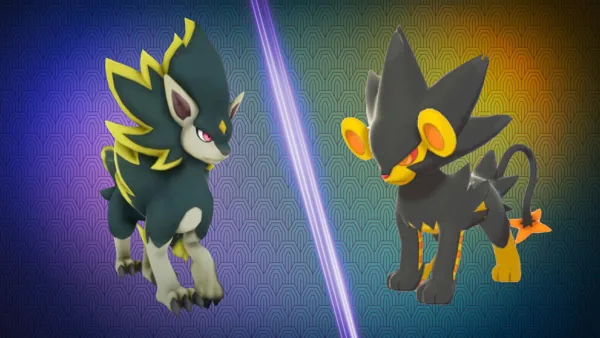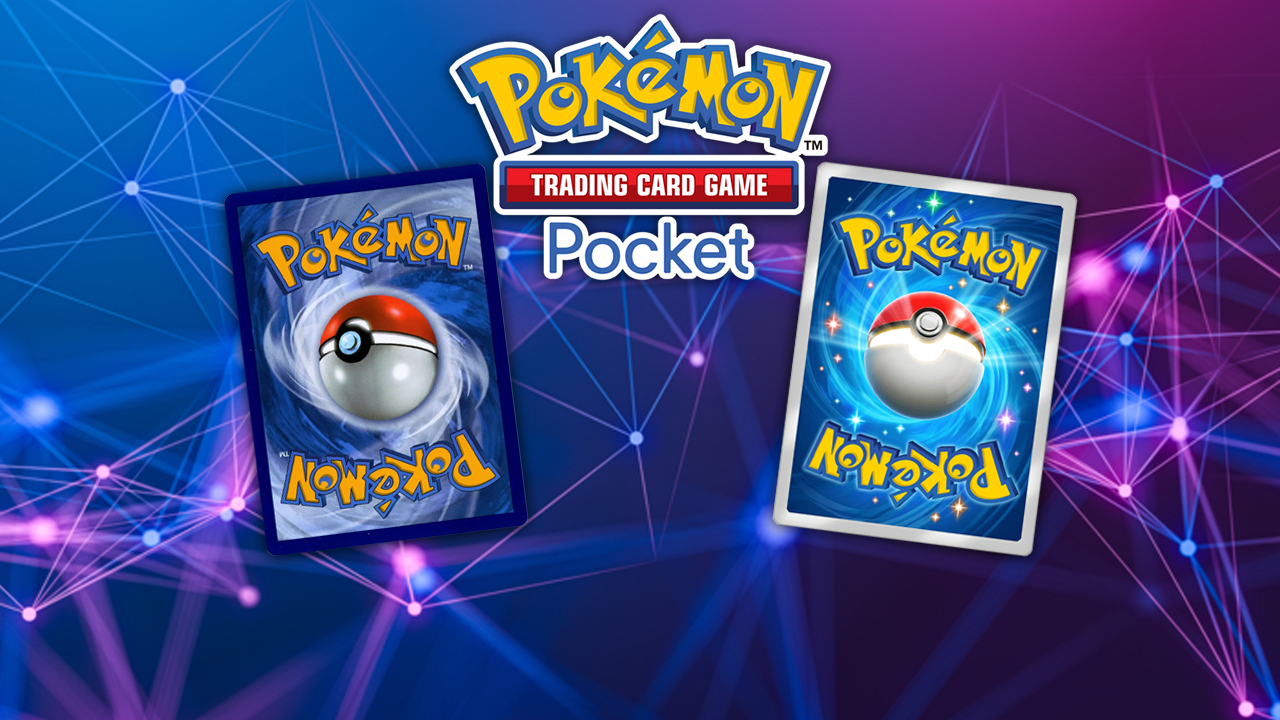Nintendo vs Palworld: The ‘Killer Patent’ and the Future of Monster-Catching Games
Nintendo vs Palworld: In the world of gaming, competition is fierce, but sometimes it spills beyond gameplay mechanics and into the legal arena. The recent Nintendo patent lawsuit against Palworld developer Pocketpair has brought a complex legal battle to the forefront of the gaming industry. At the heart of this dispute is the infamous Nintendo Killer Patent and its implications for monster-catching games, a genre dominated by the Pokémon franchise. This case has sparked interest across the gaming community, raising questions about patent infringement in gaming and what it means for future developers.
In this article, we’ll explore the key points of this legal conflict, break down the specifics of Nintendo vs. Palworld, and discuss how patent disputes shape the industry. We’ll also look at what the future might hold for monster-catching games in the wake of this high-profile case.
Understanding Nintendo’s ‘Killer Patent’
The core of Nintendo’s lawsuit lies in a patent infringement claim focused on Palworld’s monster-catching mechanics. While Pokémon has set the gold standard for capturing creatures, Nintendo believes Palworld’s gameplay mirrors these mechanics too closely.
So, what is this killer patent that could derail Palworld? Officially known as Patent No. 7545191, this divisional patent covers the process where a player aims and releases a capture device at an in-game character, determining whether the capture succeeds. This patent is central to Nintendo’s monster-catching lawsuit against Palworld, and according to experts like Kiyoshi Kurihara, a Japanese patent attorney, it could be difficult for Palworld to avoid infringing on it.
This patent is not just a weapon in this specific case; it is a legal shield that protects the core mechanics of one of the most iconic franchises in gaming history. Understanding the significance of this patent is key to understanding how game mechanics patent disputes like this can impact both established developers and indie studios.
Nintendo vs. Palworld: What’s at Stake?
The case of Nintendo vs. Palworld is not merely about protecting intellectual property; it’s about defining what makes a game unique. Palworld’s gameplay and monster-collection feature, along with its highly controversial marketing as “Pokémon with guns,” has raised eyebrows in both legal and consumer circles. Nintendo alleges that Palworld’s mechanics are too similar to Pokémon’s patented features.
Could Palworld’s Monster-Catching Mechanics Lead to a Lawsuit?
The question many in the gaming community are asking is, can Nintendo sue Pocketpair for these similarities? Patent law can be tricky, especially when it comes to game mechanics. Patent infringement in gaming involves proving that a developer has copied a patented process, which is distinct from copyright infringement. However, in this case, Nintendo’s legal team believes Palworld has crossed that line.
Legal experts are divided on the issue, but as we’ve seen with Pokémon clone lawsuits in the past, these cases can be difficult to win. The challenge for Nintendo will be to prove that Palworld has not only borrowed inspiration but has also infringed on its patent by replicating key features.
If Nintendo succeeds, the implications could be far-reaching for both Palworld and future indie developers who may attempt to create Pokémon-like games. Palworld, while undeniably different in its approach with added features like guns, runs the risk of having to drastically alter its gameplay if Nintendo’s lawsuit prevails.
Palworld and Pokémon: Where Do You Draw the Line?
The resemblance between Palworld’s “Pals” and Pokémon creatures has been a hot topic since the game’s first reveal. Critics argue that Palworld Pokémon similarities are more than mere homage, while supporters of Pocketpair believe the game offers a fresh take on the monster-collecting genre. Still, as with many games that walk this fine line, the resemblance can stir up legal trouble.
Nintendo’s patent doesn’t just cover the concept of catching monsters; it focuses on the exact mechanics of the capture process, including aiming and timing, which are at the core of Palworld’s gameplay. For developers, this case emphasizes how dangerous it can be to imitate popular franchises, especially when patents are involved.
Some players see this lawsuit as a necessary defense of creativity, while others criticize it as a form of gatekeeping by a gaming giant that wants to control the entire monster-catching game genre. Regardless of where you stand, it’s clear that the stakes are high.
How Patent Disputes Shape the Gaming Industry
Patent disputes in gaming are not uncommon, but the Nintendo Killer Patent has brought renewed attention to how far-reaching these conflicts can be. For developers, patents can either protect their innovations or become roadblocks to creativity.
- Patent Protection: Large developers like Nintendo use patents to protect their investments, especially in a highly competitive market. Game mechanics patents allow companies to safeguard their unique processes, preventing others from mimicking them too closely. This gives them a legal edge and ensures that competitors can’t simply create clones of their most successful games.
- Innovation or Imitation?: The rise of Pokémon clones like Temtem and Nexomon shows that developers are willing to take risks, but they must tread carefully. The Nintendo vs. Palworld case demonstrates that while inspiration is common, imitation can quickly lead to legal battles.
- Indie Challenges: For indie developers, navigating the patent minefield is much more difficult. They lack the legal resources of companies like Nintendo and may unknowingly infringe on a patent. This creates an environment where only the biggest studios can afford to innovate safely.
For the gaming community, these legal conflicts might feel distant, but they can have a direct impact on what types of games get made and which features developers are willing to incorporate into their projects. In the long run, patent disputes can either stifle creativity or push developers to innovate in entirely new ways.
The Future of Monster-Catching Games
As this case continues to unfold, the future of monster-catching games hangs in the balance. Nintendo’s intellectual property lawsuit could set a precedent for how other developers approach similar genres. Will we see more diversity in gameplay mechanics, or will smaller developers shy away from creating Pokémon-like games altogether?
It’s possible that Pocketpair could alter Palworld’s mechanics to avoid further legal trouble. However, doing so might undermine the very features that have drawn players to the game in the first place. This would be a loss not just for Palworld, but for indie developers hoping to push the boundaries of the monster-catching genre.
If Nintendo wins this case, it may embolden other large companies to pursue similar lawsuits against indie developers, tightening the grip on popular gaming genres. Conversely, if Palworld successfully defends its gameplay mechanics, it could open the door for more innovation and creativity within the industry.
What Can We Learn from Nintendo vs. Palworld?
The Nintendo vs. Palworld lawsuit is a landmark case that will likely shape the future of patent disputes in gaming. With so much at stake, developers, both large and small, must take notice. This case demonstrates the importance of understanding patent law and the fine line between inspiration and imitation.
For gamers, this conflict may seem like just another legal battle, but it could have far-reaching effects on the types of games we see in the future. Whether it’s Pokémon clones, indie titles, or major franchises, the outcome of this lawsuit will likely influence how developers approach game design for years to come.
Internal Link: For more in-depth articles on video game development, intellectual property, and legal matters in the industry, check out the latest content on Regent Studies.
External Link: To learn more about patent disputes in the gaming industry, visit Bloomberg Law’s guide to patent law.
By exploring the Palworld Pokémon similarities, the Nintendo Killer Patent, and the wider issue of patent infringement in gaming, this blog post aims to shed light on one of the most fascinating legal battles in the gaming world today.



